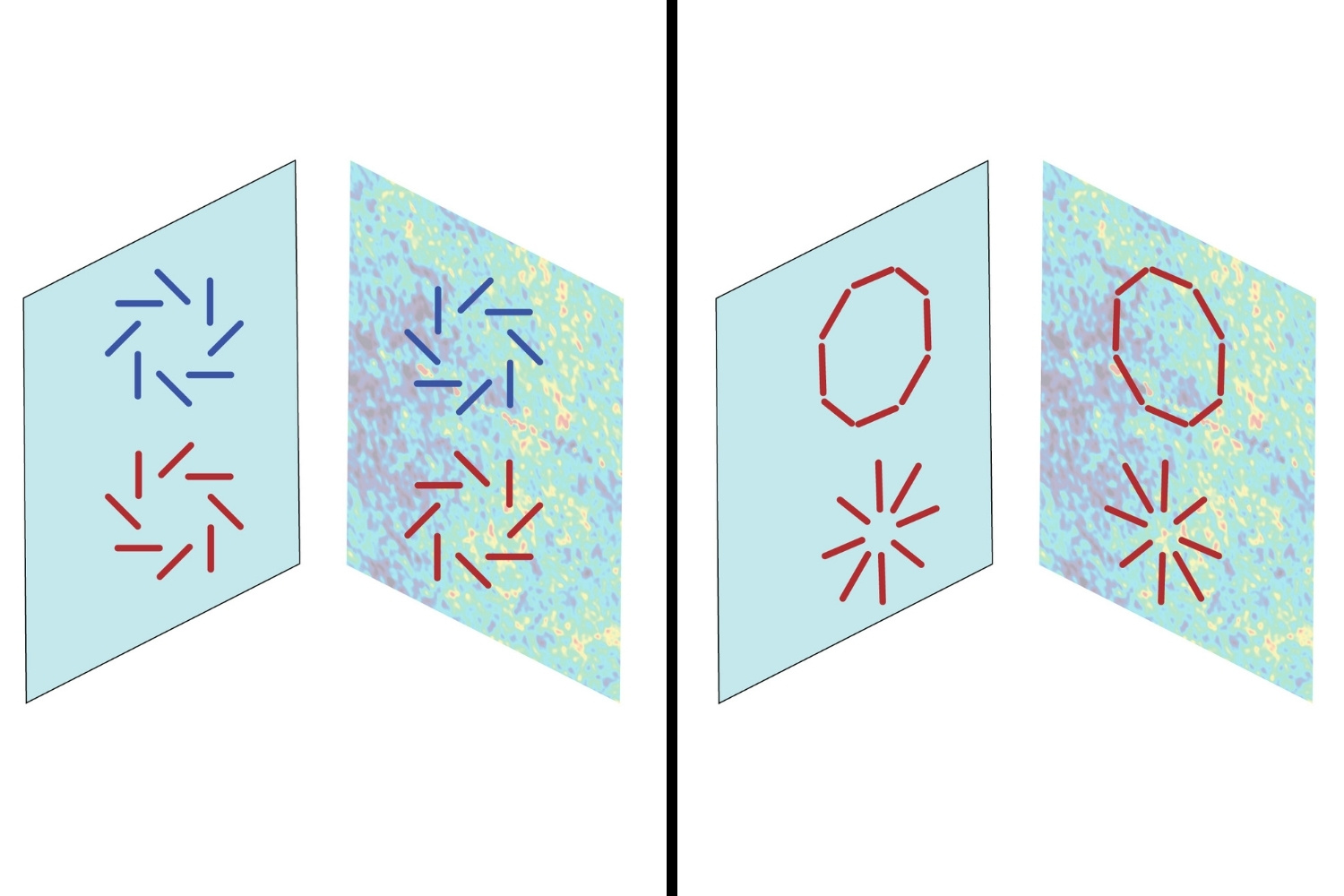
E-mode polarization might sound like a term straight out of a sci-fi movie, but it’s actually a fascinating concept in cosmology. E-mode polarization refers to a specific pattern of polarization in the Cosmic Microwave Background (CMB) radiation, the afterglow of the Big Bang. This pattern helps scientists understand the early universe, including the distribution of matter and the formation of large-scale structures. Unlike B-mode polarization, which is related to gravitational waves, E-mode polarization is simpler and more directly linked to density fluctuations in the early universe. Curious about how this cosmic fingerprint helps us decode the universe's secrets? Keep reading to uncover 27 intriguing facts about E-mode polarization and its role in modern astrophysics.
What is E-mode Polarization?
E-mode polarization refers to a specific pattern of polarization in the Cosmic Microwave Background (CMB) radiation. This pattern helps scientists understand the early universe and the formation of cosmic structures.
-
E-mode polarization is one of two types of polarization patterns observed in the CMB, the other being B-mode polarization.
-
The "E" in E-mode stands for "electric," as the pattern resembles electric field lines.
-
E-mode patterns are created by density fluctuations in the early universe.
-
These patterns are more easily detected than B-mode patterns because they are stronger and more prevalent.
Why is E-mode Polarization Important?
Understanding E-mode polarization provides insights into the universe's infancy, helping scientists piece together its history and evolution.
-
E-mode polarization helps confirm the standard model of cosmology, which describes the universe's origin and development.
-
It provides evidence for the theory of inflation, a rapid expansion of the universe immediately after the Big Bang.
-
E-mode data helps refine measurements of the universe's age, composition, and rate of expansion.
-
The study of E-mode polarization aids in understanding the distribution of dark matter and dark energy.
How is E-mode Polarization Measured?
Measuring E-mode polarization involves sophisticated instruments and techniques to detect faint signals from the early universe.
-
The Planck satellite, launched by the European Space Agency, has been instrumental in mapping E-mode polarization.
-
Ground-based observatories like the South Pole Telescope also contribute to E-mode measurements.
-
These measurements require extremely sensitive detectors to capture the weak signals from the CMB.
-
Data from E-mode polarization is often combined with other observations to create a comprehensive picture of the universe.
Challenges in Studying E-mode Polarization
Despite its importance, studying E-mode polarization comes with several challenges that scientists must overcome.
-
Foreground contamination from our galaxy can obscure E-mode signals, making them harder to detect.
-
Instrumental noise and systematic errors can also affect the accuracy of measurements.
-
Separating E-mode from B-mode polarization requires precise data analysis techniques.
-
The faintness of the signals demands long observation times and advanced technology.
Interesting Facts About E-mode Polarization
Here are some intriguing tidbits about E-mode polarization that highlight its significance and the efforts to study it.
-
E-mode polarization was first detected in 2002 by the Degree Angular Scale Interferometer (DASI).
-
The patterns of E-mode polarization are symmetrical, unlike the swirly patterns of B-mode polarization.
-
E-mode polarization can be used to map the large-scale structure of the universe.
-
Scientists use E-mode data to test predictions of various cosmological models.
-
The study of E-mode polarization has led to numerous scientific papers and discoveries.
-
E-mode polarization helps in understanding the reionization era, a period when the first stars and galaxies formed.
-
Advanced algorithms are used to extract E-mode signals from noisy data.
-
E-mode polarization data has improved our understanding of the universe's thermal history.
-
The study of E-mode polarization is a collaborative effort involving scientists worldwide.
-
Future missions, like the LiteBIRD satellite, aim to provide even more detailed E-mode polarization data.
-
E-mode polarization continues to be a crucial tool in unraveling the mysteries of the cosmos.
Final Thoughts on E-mode Polarization
E-mode polarization is a fascinating aspect of cosmic microwave background radiation. It helps scientists understand the early universe and the formation of cosmic structures. By studying these patterns, researchers can gain insights into the Big Bang, dark matter, and dark energy. This knowledge is crucial for advancing our understanding of the cosmos.
E-mode polarization isn't just a niche topic for astrophysicists. It has broader implications for technology and science. The techniques developed to study it can be applied to other fields, such as medical imaging and data analysis.
Understanding E-mode polarization enriches our knowledge of the universe. It shows how interconnected everything is, from the smallest particles to the largest cosmic structures. So next time you look up at the night sky, remember there's a lot more going on than meets the eye.
Was this page helpful?
Our commitment to delivering trustworthy and engaging content is at the heart of what we do. Each fact on our site is contributed by real users like you, bringing a wealth of diverse insights and information. To ensure the highest standards of accuracy and reliability, our dedicated editors meticulously review each submission. This process guarantees that the facts we share are not only fascinating but also credible. Trust in our commitment to quality and authenticity as you explore and learn with us.
